October 29, 2025
Data Shows Endangered Palau Ground Doves Swiftly Recovering After Successful Palauan Island Conservation Effort
Astounding evidence of recovery on Ulong Island in Palau after just one year!
Published on
August 19, 2017
Written by
Island Conservation
Photo credit
Island Conservation

The Department of Land and Natural Resources, with project partners in the Lehua Island Restoration Project, have a sustained commitment to transparency and effective communications with the people of Hawaii regarding the proposed eradication of introduced, damaging (invasive) rats. The purpose of this project is to aid in the restoration of the island for threatened and endangered seabird conservation, which will help protect the nearshore and marine environments and fisheries, and safeguard important aspects of native Hawaiian cultural heritage.
All projects like this carry some potential for risk, which we acknowledge. However, the overall anticipated benefit to the native species and the environment far exceeds those risks. This is a central tenant of the proposed project, that the long-term benefits outweigh the potential short-term risks.
Accordingly, this project required years of planning and research to ensure that all risks are understood and every effort is made to avoid, minimize, or mitigate those risks. On more than 500 other islands, worldwide, the long-term benefits to native species following the removal of invasive rodents have outweighed the limited, short-lived negative impacts from an eradication operation.
With the release of both federal and state environmental assessments and public comment periods associated with each; with three public informational meetings on Kauai; and with additional broad and personal outreach to constituents, stakeholders, lawmakers, and the media, there remain lingering questions that I’d like to answer. Mahalo to state Rep. Dee Morikawa and her constituents for asking these questions. A more detailed explanation, complete with citations to the science evaluated in the Environmental Assessment is online: http://oeqc2.doh.hawaii.gov/EA_EIS_Library/2017-07-23-KA-FEA-Lehua-Ecosystem-Restoration.pdf
Why would DLNR and its partners propose an aerial rodenticide program that caused a fish kill during a previous attempt in 2009?
There is no scientific evidence that the death of fish following the 2009 eradication attempt on Lehua was related to dropping of rodenticide and it was determined to be coincidental. No rodenticide was detected in fish collected from the die-off. The total tonnage of bait for the 2017 eradication is roughly 10 tons, 99.995 percent of which is non-toxic food-grade grain and other inert elements. The bait will be applied from a helicopter over land. Deflectors will be used when baiting close to the shoreline. A very limited number of bait pellets are expected to drift to shallow, near-shore waters and those that do, degrade quickly and sink to the sea floor. The rodenticide in the pellets, Diphacinone breaks down into carbon dioxide and water and is specifically designed to be palatable to rats and not to other animals or fish. Contrary to inaccurate claims that do not account for the best available science from qualified experts, the specific scientific citations which identify only nominal risk to fish are included in the Environmental Assessment (p71-72) and indicate that fish appear to avoid Diphacinone. In the unlikely event they do ingest some, a study on black triggerfish, smallmouth bass and fatheads minnows indicate they are among the least sensitive animals to the effects of this particular rodenticide. Teams have already conducted pre-application surveys around Lehua Island and will do continuous water and fish monitoring both during and after the application of rodenticide.
The Robinson Family, which owns Ni‘ihau, has been an important partner in the Lehua Island Restoration Project steering committee, along with representatives from the Native Hawaiian community and local residents. During some initial discussions with the Ni‘ihau community, there was discussion about whether the application of the best available science would demonstrate the need for a fishing moratorium? A food subsidy might have been considered, or sought by fishers in order to offset any fish they otherwise would not be catching. The preponderance of the scientific evidence evaluated for the Environmental Assessment convinced project partners and the steering committee that there is little to no risk to fish. Since there will not be a fishing moratorium, the notion of subsidies is a moot point.
This project only moves forward with all the necessary authorizations to operate a helicopter over Lehua Island. These authorizations include DLNR, as manager of the State Seabird Sancutary the U.S. Coast Guard, landowner, and HI Department of Agriculture rodenticide regulator. Flights over Ni‘ihau require authorization from Ni‘ihau Ranch and the Robinson family.
Yes, this is known as hot refueling and is standard practice for commercial and private helicopter operators, as it saves time and wear and tear on the engines. Most importantly the safety of project personnel and the environment are critically important to the operation. This means only personnel who have the relevant certifications and safety protocols will be involved in helicopter operations. Fuel will be stored in drums that meet EPA-approved Spill Prevention, Control, and Countermeasure rules. They will be covered to prevent water intrusion to the fuel.
At wind speeds greater than 35 miles per hour, the Federal Environmental Assessment has a no-bait application restriction. The project partner’s operational plan self-imposes a more conservative restriction of 25 mph, and the draft aerial permit awaiting Hawai‘i Department of Agriculture signature reinforces this lower restriction.
Does over scatter of pellets in the water affect seals by affecting fish?
Approximately 15 Hawaiian monk seals are expected to be on or near Lehua during the proposed days of operation. Again, the few bait pellets that drift to near-shore waters will degrade quickly and are unlikely to be eaten by fish. Since monk seals primarily forge offshore in 500 meters of water it is very unlikely they would prey on any fish that may have consumed rodenticide. There have been no documented cases of impacts to seals or sea lions after aerial bait applications, including after the 2009 application on Lehua Island.
•••
Suzanne Case is chair of the state Board of Land and Natural Resources.
Check out other journal entries we think you might be interested in.

October 29, 2025
Astounding evidence of recovery on Ulong Island in Palau after just one year!
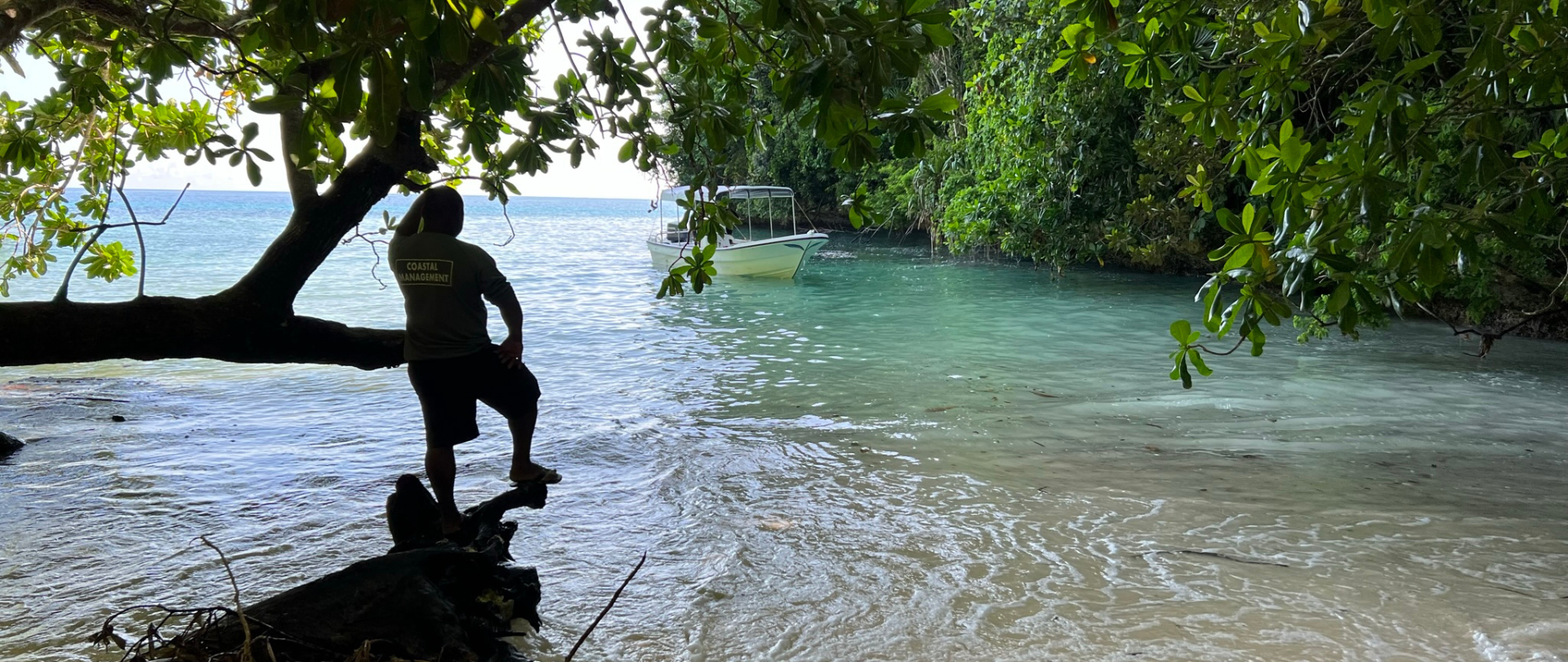
May 19, 2025
Read our position paper on The 3rd United Nations Ocean Conference (UNOC 3) to see why we're attending and what we aim to accomplish!
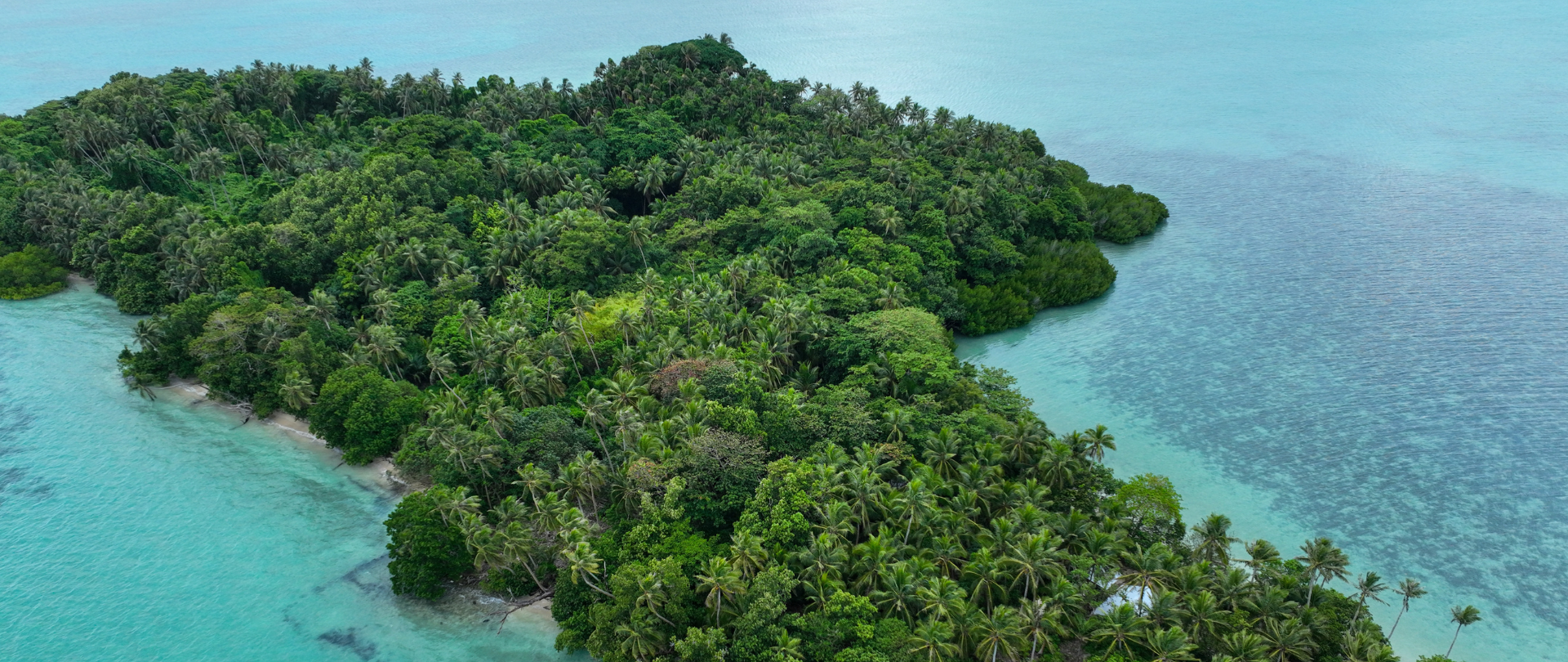
December 4, 2024
Ann Singeo, founder of our partner organization the Ebiil Society, shares her vision for a thriving Palau and a flourishing world of indigenous science!
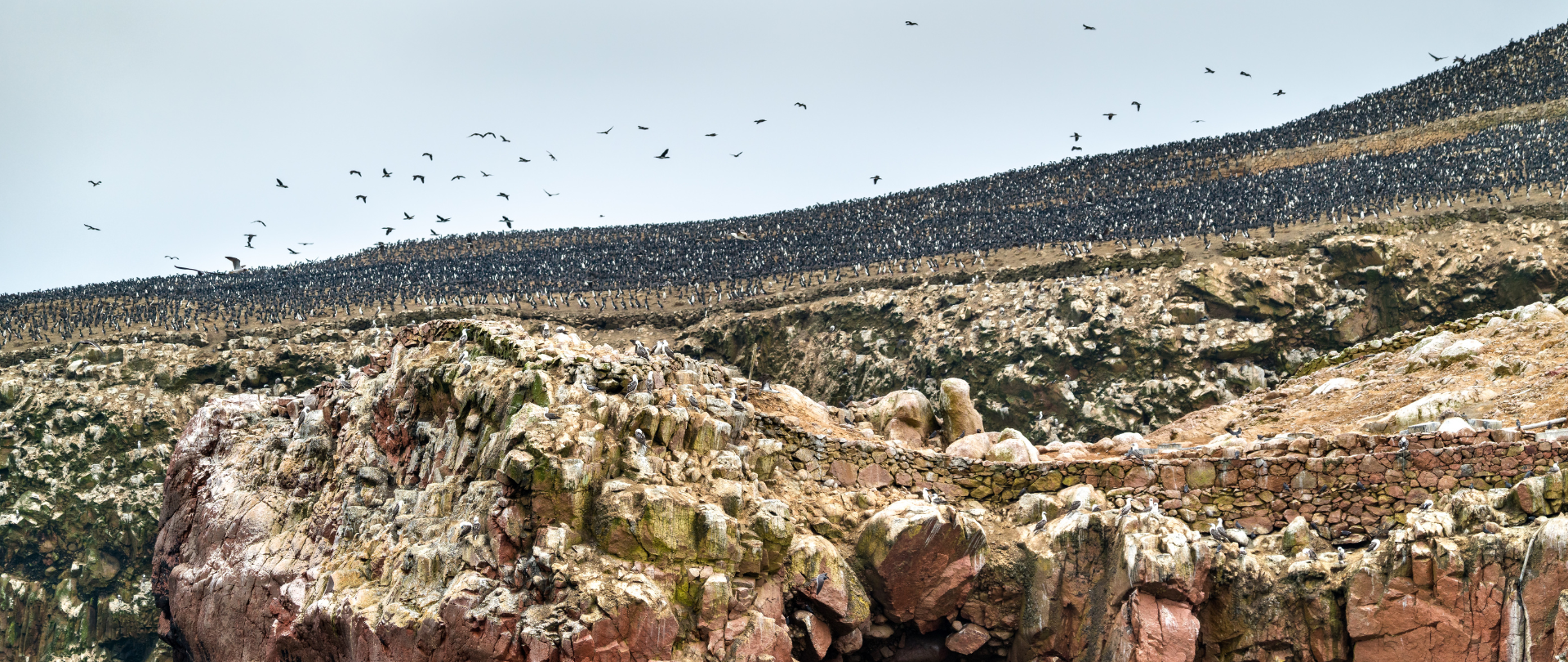
November 22, 2024
This historic agreement aims to protect the marine and coastal areas of the Southeast Pacific.
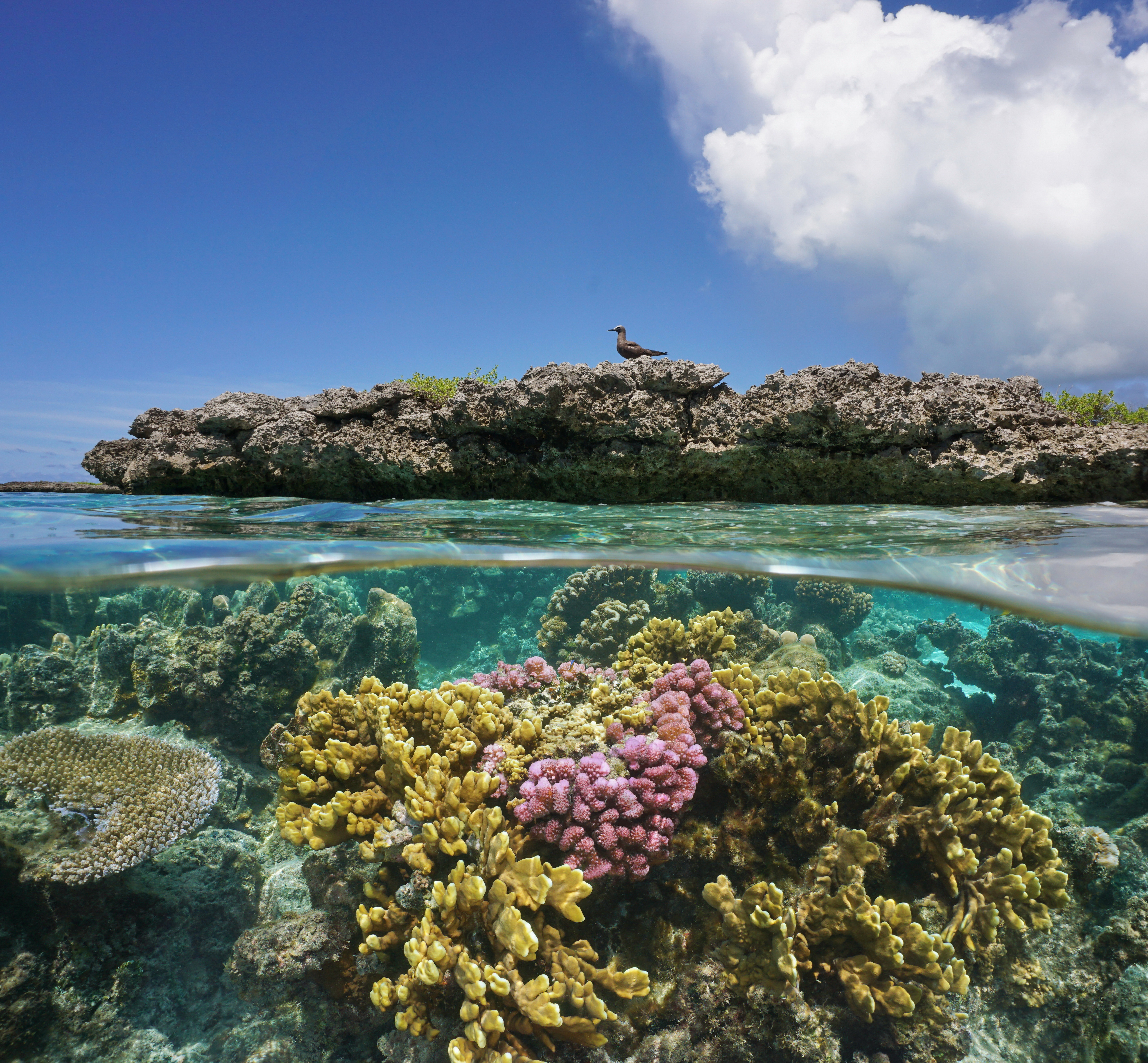
November 18, 2024
Our projects to restore key islets in Nukufetau Atoll forecast climate resilience and community benefits in Tuvalu!

October 3, 2024
Island Conservation and partners have published a new paper quantifying ecosystem resilience on restored islands!
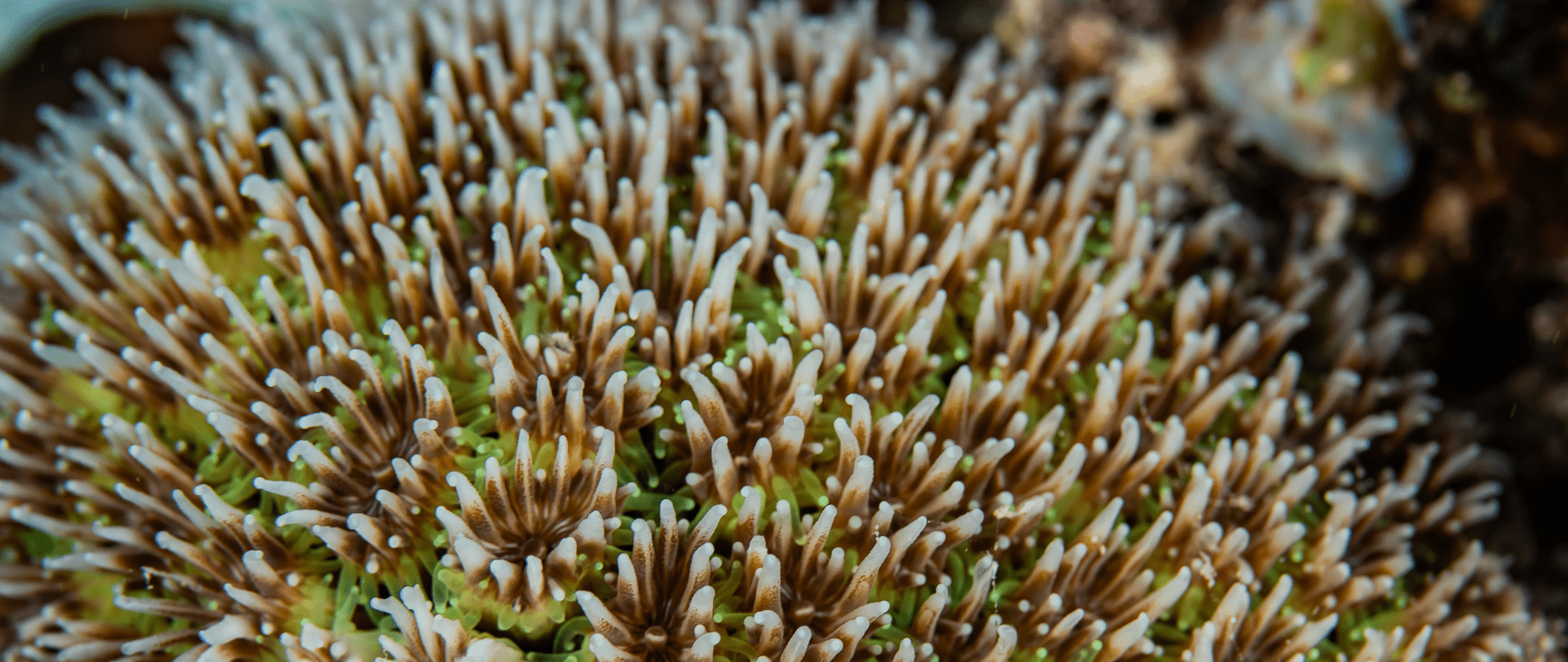
September 10, 2024
Climate Week NYC: what is it and why is it important? Read on to find out why Island Conservation is attending this amazing event!
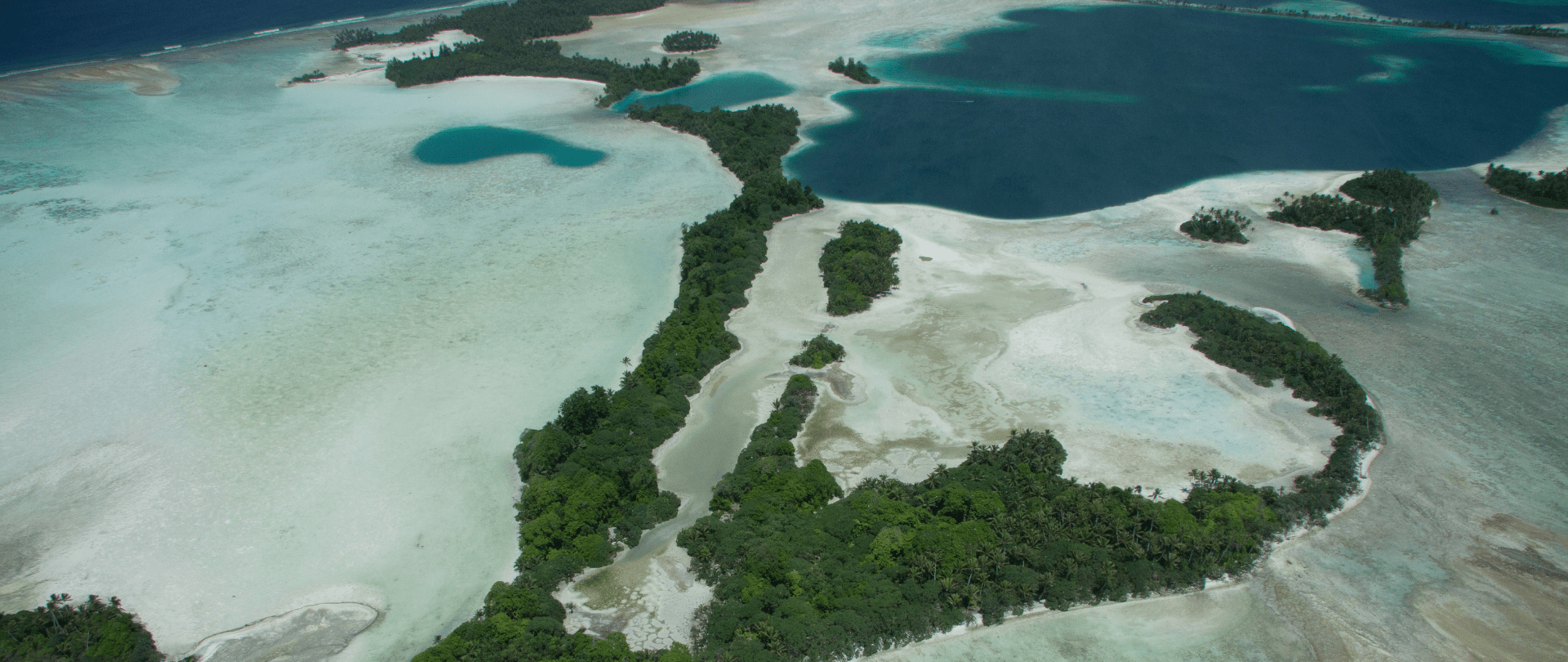
September 5, 2024
With sea levels on the rise, how are the coastlines of islands transforming? Read on to find out how dynamic islands really are!
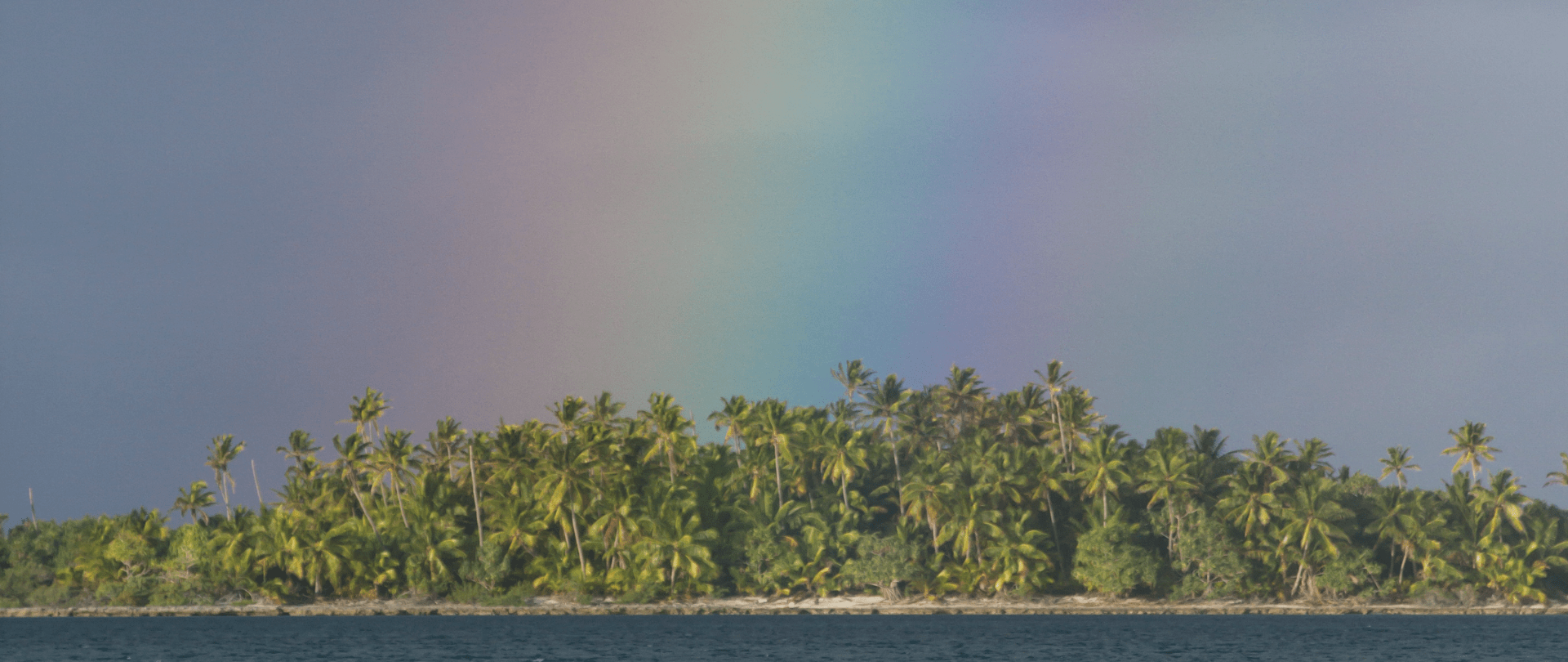
March 18, 2024
Island Conservation turns 30! Three decades of work add up to an immeasurable number of positive impacts.

December 14, 2023
Join us in celebrating the most amazing sights from around the world by checking out these fantastic conservation photos!